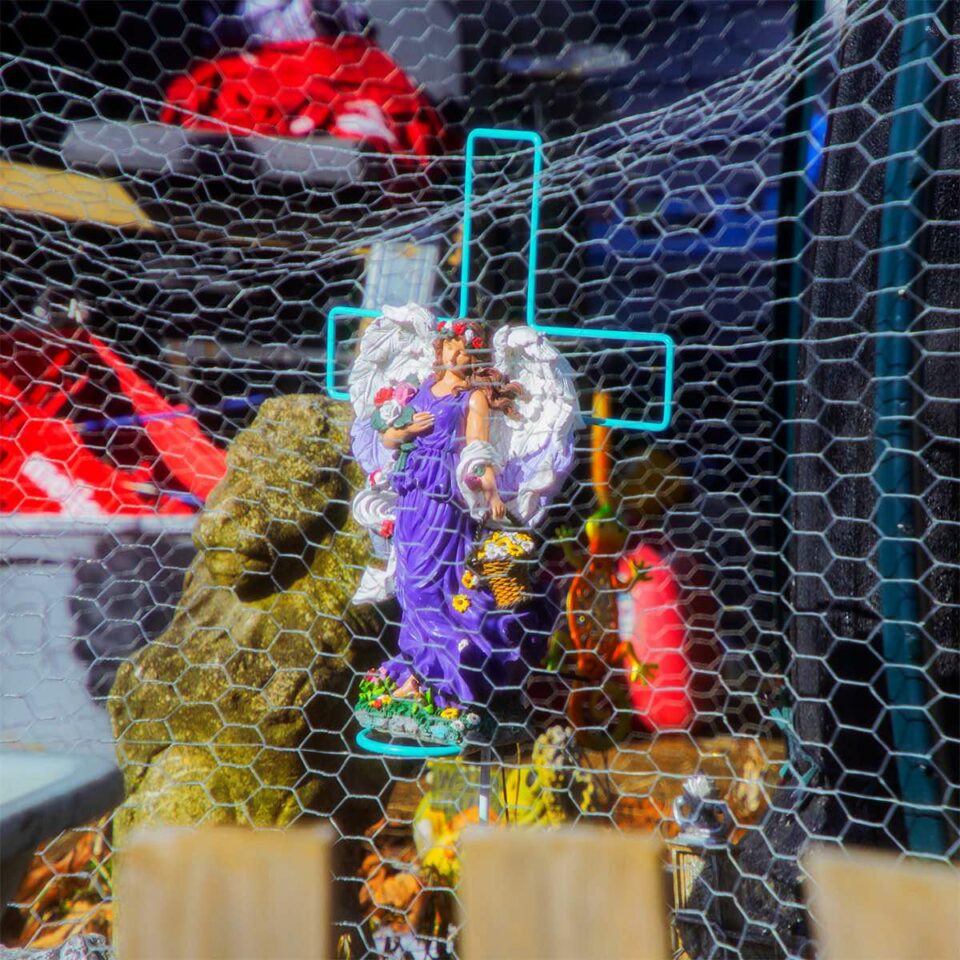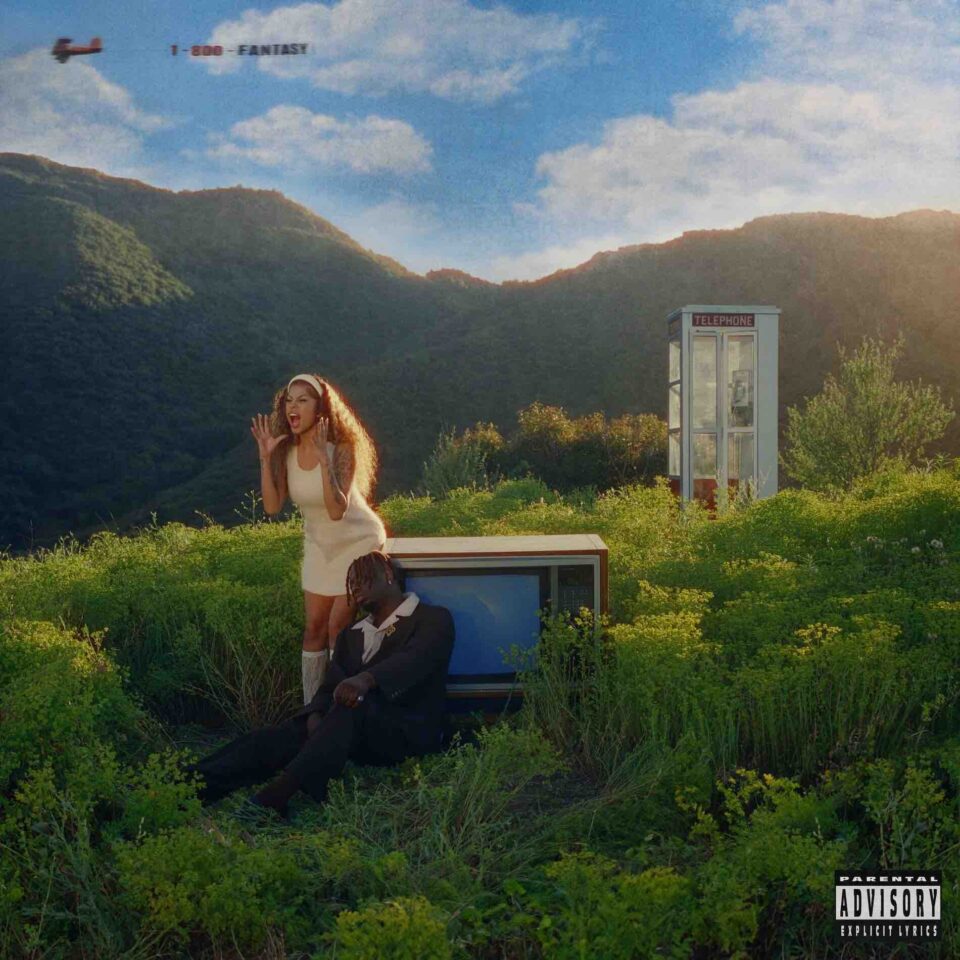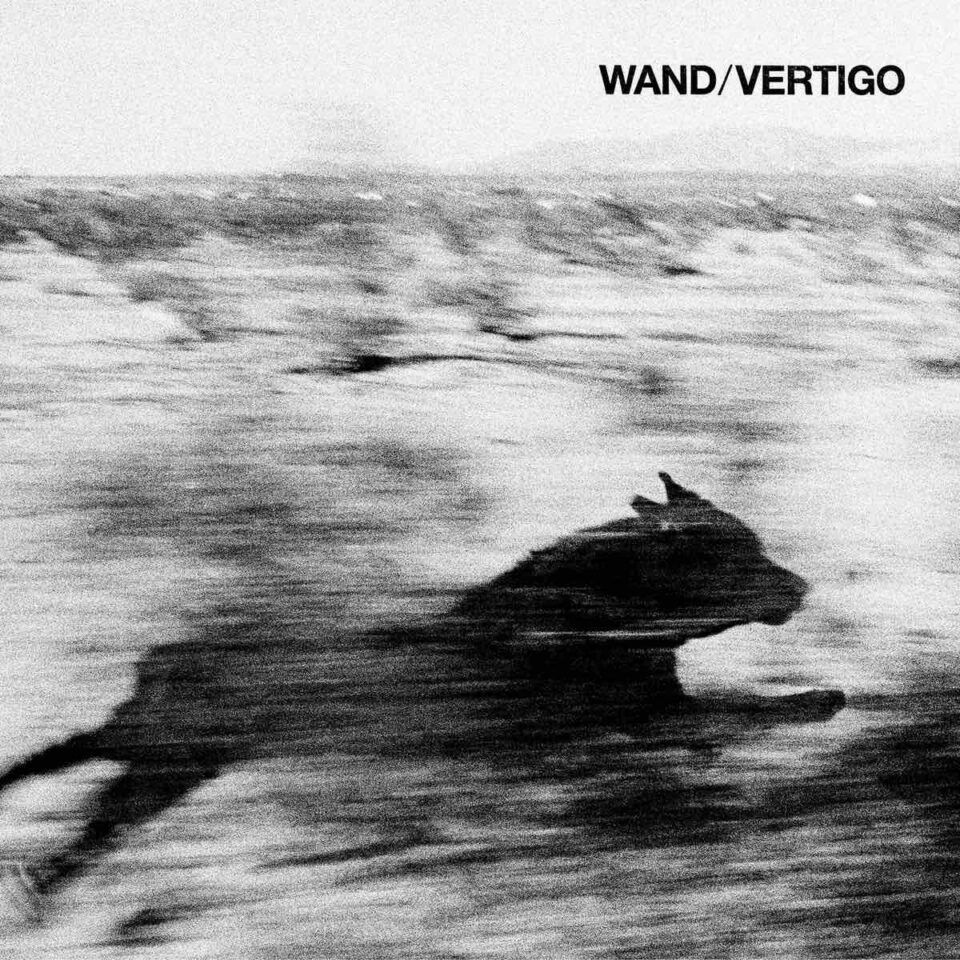PJ Harvey
I Inside the Old Year Dying
PARTISAN
ABOVE THE CURRENT
The most brutally raw and challenging songwriter of the post-punk continuum may have taken seven years off from recording any new albums, but the work of PJ Harvey remained around—a lot—when you consider UMe’s extensive album re-release program with its wealth of extras and rarities, to say nothing of her original recordings for TV’s Bad Sisters and live theater’s All About Eve, or its use throughout the most incendiary scenes in the violence-strewn Peaky Blinders. The second season of that series alone is awash in Harvey’s crunching noise dramas, eerie folk interludes, contralto screeching, and soul-searing poetry.
Like the menacing characters of Blinders’s Birmingham, Harvey speaks her own highly accented language on I Inside the Old Year Dying, a born-Dorset dialect whose creepily prosaic texts mash up Biblical references and bits of Shakespeare with Orlam, her own tragicomic epic poem. Harvey’s often-backward-talking language, when mixed with Orlam’s coming-of-age tale of a Dorset teen and her strange gallery of ritualized spirit friends (think Tim Burton’s Wednesday in the far darker 18th century), is a fearful thing. From “A Child’s Question, August” and its settings of boneyards and orchards where her friends play, to the aptly titled “A Noiseless Noise” and its insistence on psychic misdirection (my guess), to her referencing Elvis Presley’s dining habits on “Lwonesome Tonight,” Harvey’s tale is intuitive, irreverent, and enchanting, no matter what its end result may be.
That Harvey’s bewitching poetry, light and dark, works in tandem with her churning combine of like-minded sound is what makes I Inside the Old Year Dying just another mellow-harshing moment in Harvey’s long career of them. Created in tandem with old collaborators Flood and John Parish, Harvey’s new album is a loosely knotted dreamscape of clanging church bells, thundering drums, and busted-up guitar sounds riddled with field recordings and a spindly folk-tronic gauziness. “The Nether-edge,” in particular, lolls and plays in a moss garden of her and her friends’ sloppy design with her voice (or, rather, a series of oddly accented Harvey voices) teetering between the frightened and the frantic.
Let’s face it, PJ Harvey could read from a menu and make it sound crepuscular and menacing with the help of Parish and Flood. The existential curiosity that is her I Inside the Old Year Dying storyline is just a bonus break.









